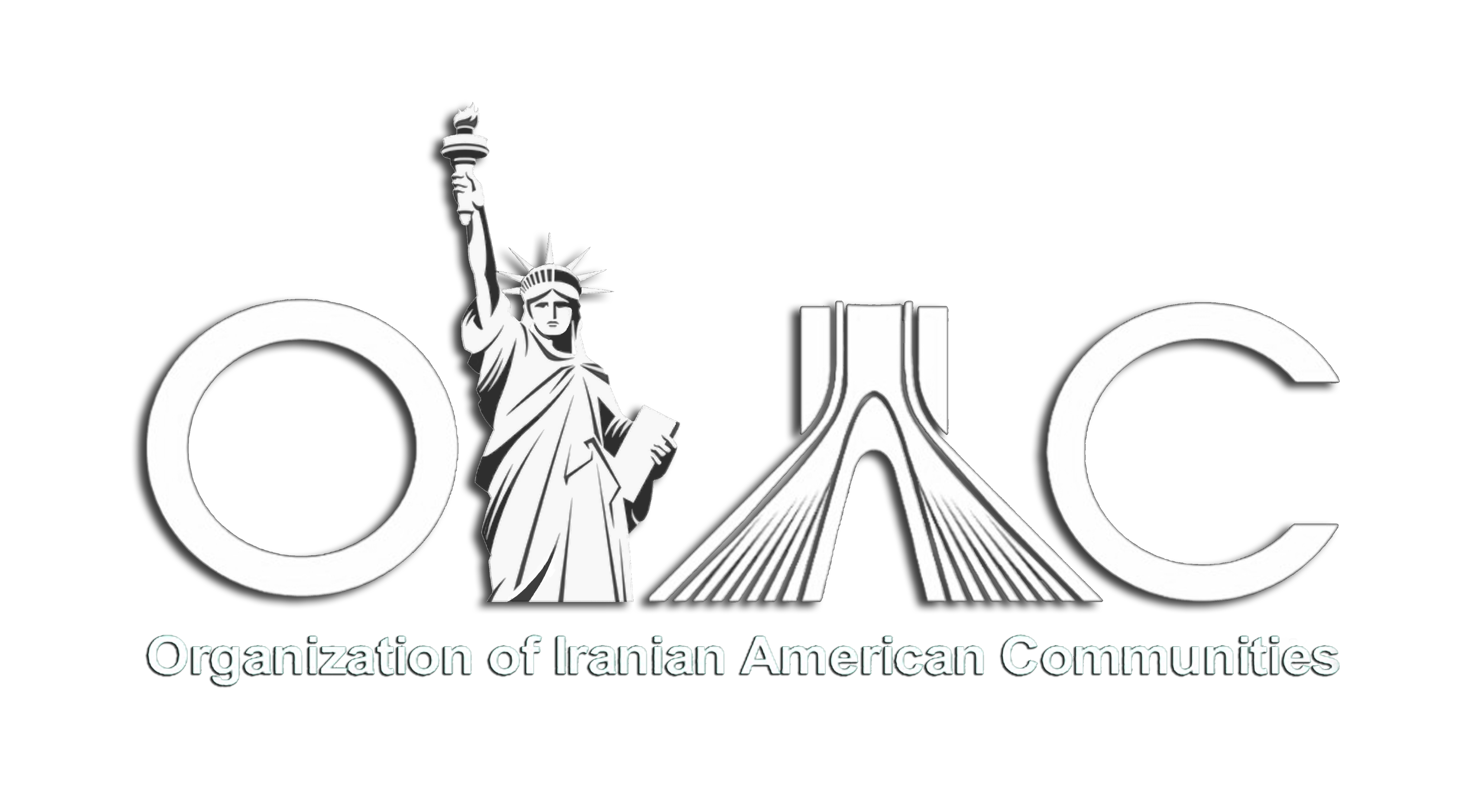At the last minute, the president nearly told Tillerson not to certify Iranian compliance.
By Eli Lake
7/18/2017
Bloomberg – Under President Barack Obama this kind of thing was routine. Since the Iran nuclear deal was reached in 2015, every few months the State Department would inform Congress that the Tehran government was in compliance.
Then Donald Trump was elected president. He had campaigned against the agreement, and many of the top aides he brought into the White House believed the Obama administration had turned a blind eye to Iran’s regional predations to secure a bargain that in the end was harmful to U.S. national security.
Nonetheless, Trump’s State Department in the spring certified Iran was in compliance. On Monday, Secretary of State Rex Tillerson was supposed to certify Iranian compliance again. Talking points were sent to columnists. Senior administration officials briefed analysts on a conference call. The Treasury Department was set to announce new sanctions against a number of Iranians to soften the blow for the Republican base. Allies in Congress were given a heads-up.
There was just one problem: Donald Trump. In meetings with his national security cabinet, the president has never been keen on Obama’s nuclear deal. What’s more, Iran’s regional behavior has only been getting worse since his inauguration.
So just as Tillerson was preparing to inform Congress on Monday that Iran remained in compliance with what is known as the Joint Comprehensive Plan of Action, Trump called it off, according to administration officials. He wanted to know his options and what would happen if Tillerson didn’t make the announcement.
And for a few hours on Monday afternoon, it looked like the White House was going to tell Congress it could not certify Iran was complying, without saying Iran was in breach of the pact. This would have triggered a 60-day period in which Congress could vote to re-impose the secondary sanctions lifted as a condition of the deal, or to strike it down altogether.
The predicament, according to administration officials, was that Congress (not to mention the other signatories to the seven-party agreement) was not prepared. Trump had yet to even put forward a broader Iran policy. What’s more, the U.S. intelligence community feels that Iran is pushing the edges, but overall is in compliance.
Eventually, Trump walked back from the ledge, and the administration certified Tehran’s compliance.
But White House and other administration officials tell me the president nonetheless is serious about cracking down on Iran for its regional aggression, and is leaning closer to those of his advisers who are pushing him to pull out of the agreement that defines Obama’s foreign policy legacy.
In this sense, he is moving away from some of the most important members of his national security cabinet. Administration officials tell me that National Security Adviser H.R. McMaster and Tillerson have made the case that it was in the U.S. national interest to certify Iran’s compliance. They argued that the deal is structured so that the U.S. and its allies delivered the benefits to Iran up front. This included sanctions relief, a recognition of Iran’s right to enrich uranium, and removing Iranian companies and individuals from various sanctions lists.
The Iranians, on the other hand, have to keep allowing inspections of their nuclear sites and limit their stockpile of low-enriched uranium over the lifespan of the deal, which expires in the next 8 to 13 years. Iran has already received much of the money that was frozen in foreign banks under the crippling sanctions that brought its representatives to the negotiations. So pulling out of the deal now would leave Iran cash rich and under no obligation to cap its nuclear stockpiles or allow international inspections.
Others in the administration, including CIA Director Mike Pompeo and senior strategist Steve Bannon, have argued against the deal. In some ways this is not surprising. Pompeo was one of the pact’s harshest critics when he was in Congress. Bannon has been opposed to most international agreements, from the Paris accord on climate change to the Trans-Pacific Partnership.
For now, it’s worth watching what Trump administration officials say about the agreement. One talking point from White House officials on Monday was that the administration considered Iran to be in breach of the spirit, if not the letter, of the nuclear agreement because, they say, the bargain’s purpose was to enhance regional stability.
All of this is also a lesson to Western businesses hoping Iran will be a safe place to invest in the aftermath of the nuclear bargain. Administration officials on Monday said the Treasury Department was still reviewing a proposed sale of civilian airliners from Boeing to Iran’s largest airline. That deal is under scrutiny because Iran uses its civilian air fleet to send supplies, personnel and weapons to the war in Syria.
Clear thinking from leading voices in business, economics, politics, foreign affairs, culture, and more.
Bottom of Form
Finally, even if Trump decides to keep re-certifying Iranian compliance with the nuclear deal, the Iranians have started hinting that they consider the non-nuclear sanctions imposed by the U.S. to be violations of the agreement. Iran’s foreign minister, Javad Zarif, said this to CNN on Sunday. He pointed to Trump’s speech at the G-20 summit last month in which he dissuaded foreign leaders from investing in Iran, something Zarif said undermined the spirit of the agreement.
It’s best not to take anything Zarif says at face value. He is a well-known dissembler. What’s more, Zarif has been saying the U.S. is not complying with the Iran deal for more than a year now.
The point, however, is that the Iran deal negotiated by the Obama administration is in trouble. Even if Trump doesn’t follow his instincts and kill it, there are plenty of signs the bargain is likely to fall apart.
